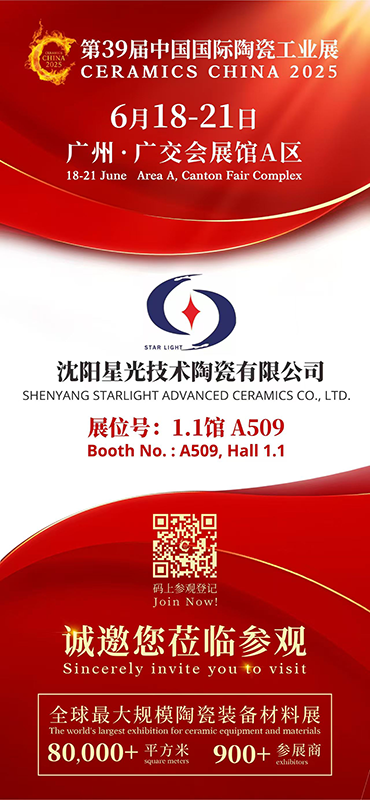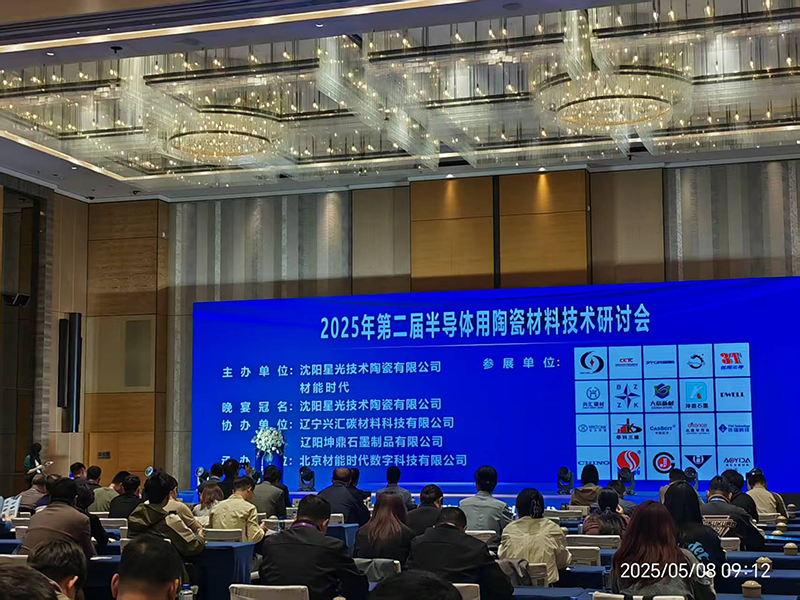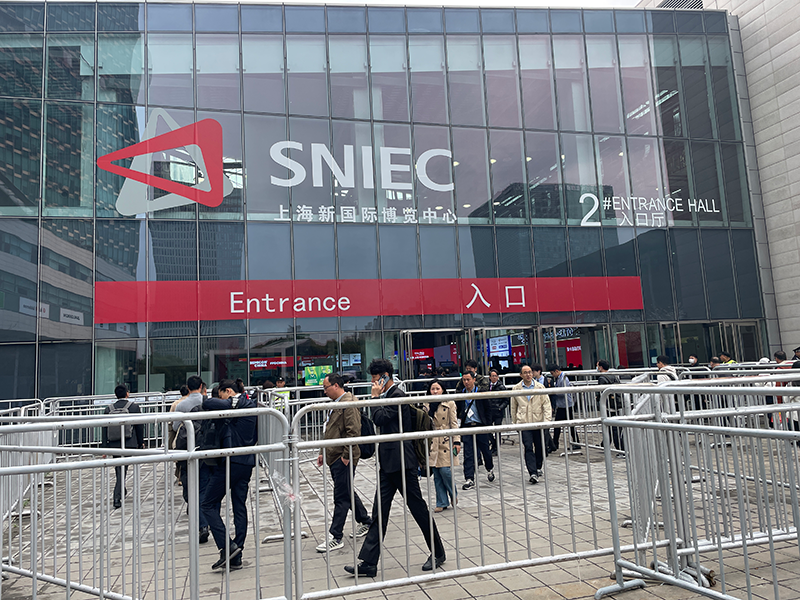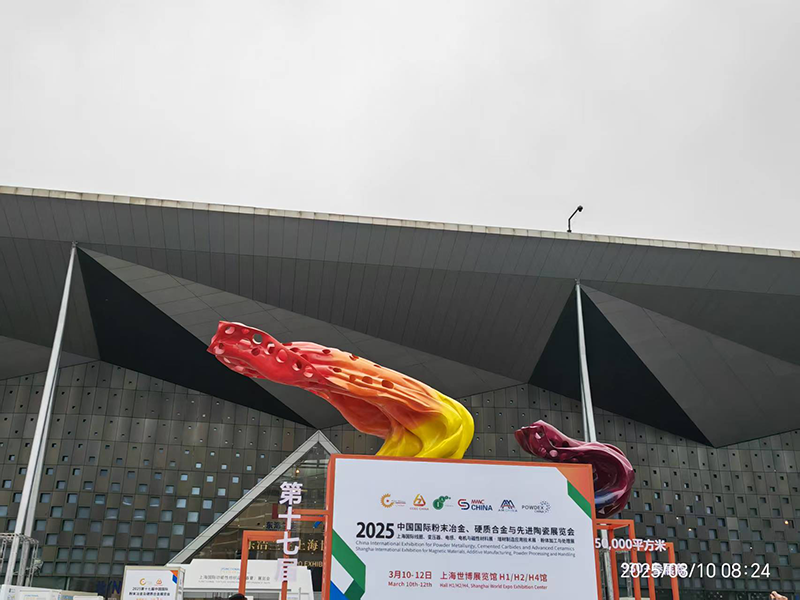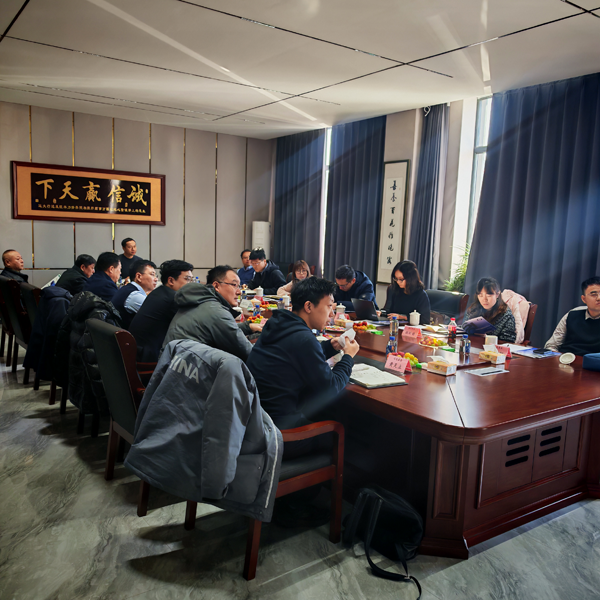
Analysis of the properties and application fields of silicon carbide ceramics
2025-07-30 13:42
In recent years, silicon carbide compound semiconductors have received widespread attention in the industry. However, as a high-performance material, electronic devices (diodes, power devices) are only a small part of its applications. Silicon carbide can also be used as an abrasive, cutting material, structural material, optical material, catalyst carrier, etc. Today we will mainly introduce silicon carbide ceramics, which have the advantages of stable chemical properties, high temperature resistance, wear resistance, corrosion resistance, high thermal conductivity, low thermal expansion coefficient, low density, and high mechanical strength. It is widely used in chemical machinery, energy and environmental protection, semiconductors, metallurgy, national defense and military industries, and other fields.
1.Silicon Carbide Structure and Properties
Silicon carbide (SiC) contains silicon and carbon and is a typical polymorphic compound. It primarily consists of two crystal forms: α-SiC (high-temperature stable) and β-SiC (low-temperature stable). There are over 200 polymorphs, of which 3C-SiC of β-SiC and 2H-SiC, 4H-SiC, 6H-SiC, and 15R-SiC of α-SiC are particularly representative.
At temperatures below 1600°C, SiC exists as β-SiC, which can be produced from a simple mixture of silicon and carbon at around 1450°C. Above 1600°C, β-SiC slowly transforms into various polytypes of α-SiC. 4H-SiC readily forms at temperatures around 2000°C; both the 6H and 15R polytypes require temperatures above 2100°C to readily form. 6H-SiC remains very stable even at temperatures exceeding 2200°C, making it widely used in industrial applications. Pure silicon carbide is a colorless, transparent crystal. Industrial silicon carbide comes in colors of decreasing transparency, including colorless, pale yellow, light green, dark green, light blue, dark blue, and even black. The abrasive industry categorizes silicon carbide by color: black silicon carbide and green silicon carbide. Colorless to dark green silicon carbide is classified as green silicon carbide, while light blue to black silicon carbide is classified as black silicon carbide. Black silicon carbide and green silicon carbide are both α-SiC hexagonal crystals. Generally, silicon carbide ceramics use green silicon carbide powder as raw material.
2.Silicon Carbide Ceramics Preparation Process
Silicon carbide ceramics are made by crushing, grinding, and classifying silicon carbide raw materials to obtain SiC particles with a uniform particle size distribution. The SiC particles are then mixed with a sintering additive and a temporary binder, pressed into a green compact, and then sintered at high temperature. However, due to the high covalent nature of Si-C bonds (~88%) and their low diffusion coefficient, one of the main challenges in the preparation process is the difficulty in achieving densification during sintering. Methods for preparing high-density silicon carbide ceramics include reaction sintering, pressureless sintering, pressureless sintering, hot pressing, recrystallization sintering, hot isostatic pressing, and spark plasma sintering. However, silicon carbide ceramics suffer from low fracture toughness, resulting in greater brittleness. Therefore, in recent years, silicon carbide-based composite ceramics, such as fiber (or whisker) reinforcement, heterogeneous particle dispersion strengthening, and functionally gradient materials, have emerged to improve the toughness and strength of the single material.
3. Application and development prospects of silicon carbide ceramics
As a high-temperature structural ceramic material with excellent performance, silicon carbide ceramics have been increasingly used in high-temperature kilns, steel metallurgy, petrochemicals, mechanical electronics, aerospace, energy and environmental protection, nuclear energy, automobiles and other fields.We think that using the most possible method to do the great
In the future, as the penetration rate of new energy vehicles, energy, industry, communications and other fields increases, and the requirements for high-precision, high-wear-resistant, and high-reliability mechanical components or electronic components in various fields become increasingly stringent, the market size of silicon carbide ceramic products is expected to continue to expand, among which new energy vehicles and photovoltaics are important development areas.
Get the latest price? We'll respond as soon as possible(within 12 hours)

